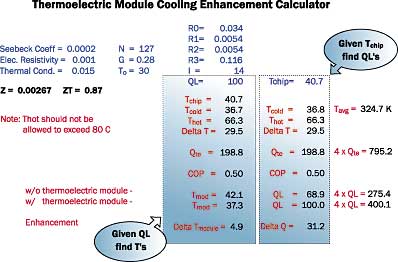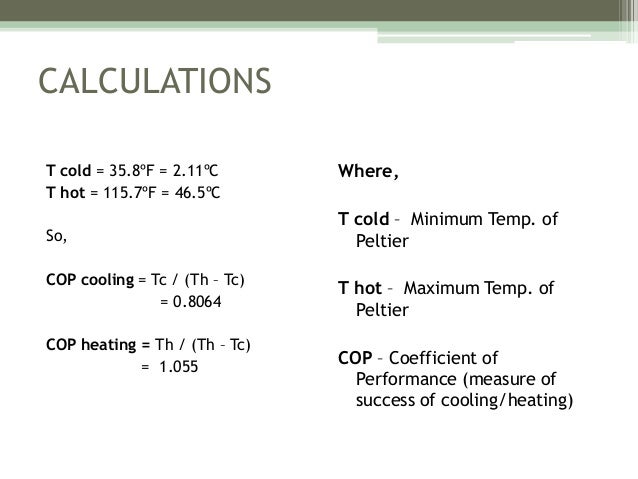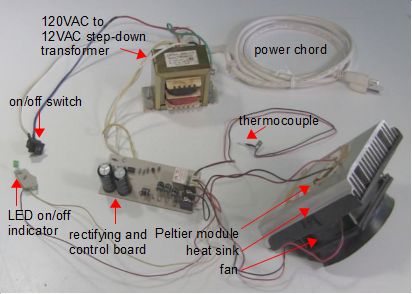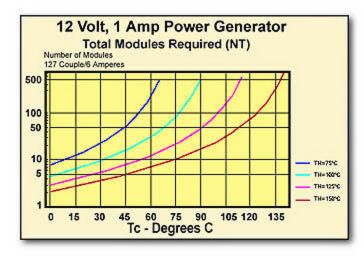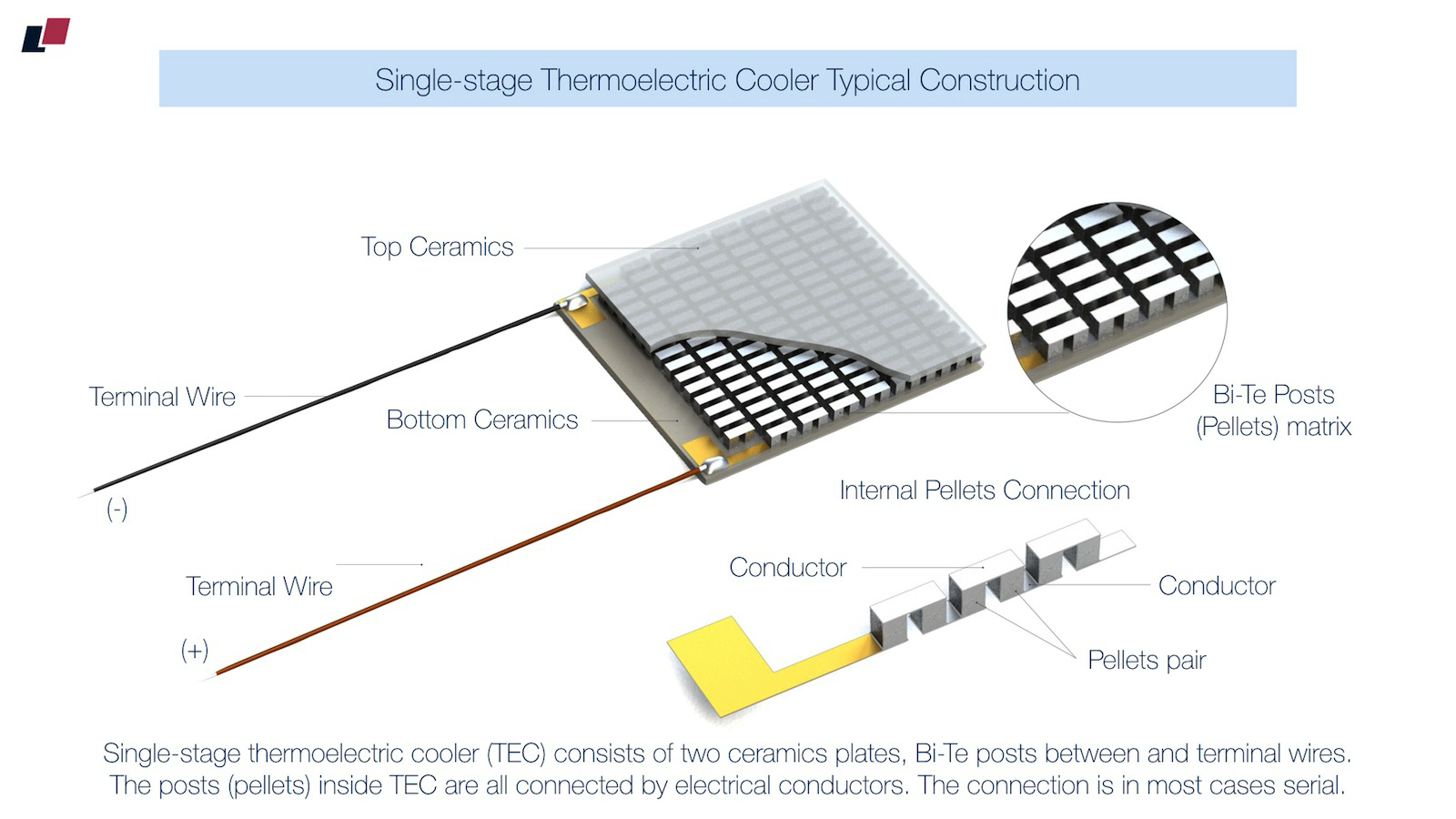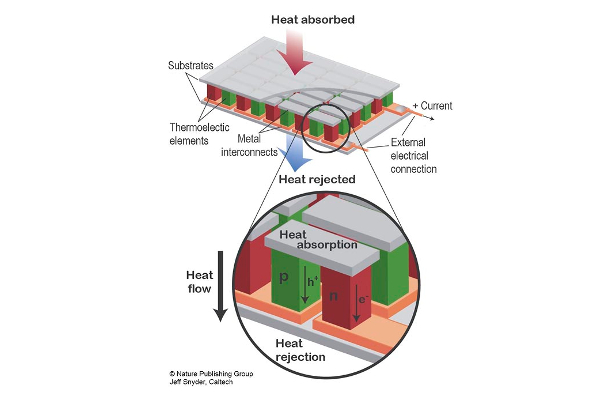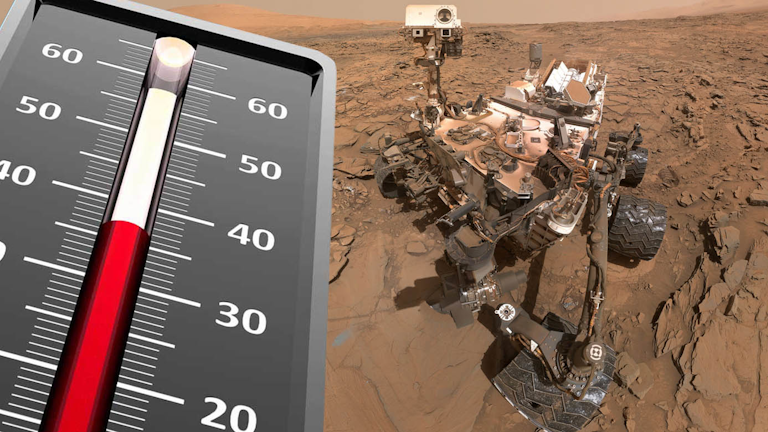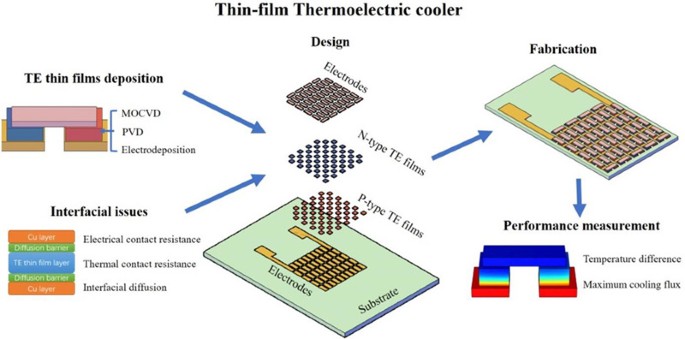Information presented in the foregoing paragraphs describes the mathematical modeling of thermoelectric modules as opposed to complete thermal systems by incorporating the module calculations into a more sophisticated system model it is possible to accurately simulate the overall thermal performance.
Thermoelectric cooler calculations.
A peltier cooler heater or thermoelectric heat pump is a solid state active heat pump which transfers heat from one side of the device to the other with consumption of electrical energy depending on the direction of the current.
Tetechnology designs and manufactures the highest quality thermoelectric coolers cold plates liquid coolers and thermoelectric coolers.
Thermoelectric coolers tecs are versatile temperature control devices.
Thermoelectric cooler selection procedure.
Accordingly the calculation method presented in this article may be quite useful due to its.
Leading manufacturer of thermoelectric air conditioners cold plates liquid chillers panel coolers enclosure coolers kiosk coolers.
If there are multiple product category solutions available they will appear in their respective thermoelectric module tem thermoelectric assembly tea or liquid cooling solution tables.
Iso 9001 certified 231 929 3966.
Heat loss or gain by convection.
Thermoelectric cooling uses the peltier effect to create a heat flux at the junction of two different types of materials.
Tetechnology designs and manufactures the highest quality thermoelectric coolers cold plates liquid coolers and thermoelectric coolers.
Iso 9001 certified 231 929 3966.
If you know your application s δt enter that value in the box to the left of the search button for more optimized results and click search.
A thermoelectric cooler tec is a solid state refrigerator that operates on the peltier effect.
T s is the surface temperature in c t a is the ambient air temperature in c.
They re best thought of as solid state heat pumps in which the direction and rate of heat flow can be manipulated by.
11 7 modeling of complete thermoelectric cooling systems.
Q is the heat lost or gained in watts h is the heat transfer coefficient of the surface material in watts meter 2 c a is the exposed surface area in meters squared m 2.
Outlined below is a simplified selection procedure devised to allow the user to obtain initial designs and estimates of performance for single and two stage thermoelectric coolers.






